The Journey of a Model
Once a model has signed with an agency, the real journey begins. A model’s career evolves through several stages, each marked by its own set of challenges and opportunities. Understanding these stages can help aspiring models stay focused and plan their long-term careers.
1. Starting as a New Face
After signing with an agency, most models start as a “new face.” At this stage, models are often unknown to the larger fashion or commercial industries. Agencies work to build their visibility by setting up test shoots, arranging meetings with photographers and stylists, and submitting them for castings. Early in their careers, models may have to accept unpaid or low-paid work to build their portfolio and gain experience. Patience is key in this stage, as many models work for months or even years before landing significant jobs.
2. Building a Reputation
As a model starts booking jobs-whether for local fashion shows, small commercial campaigns, or editorials-their reputation in the industry begins to grow. At this stage, professionalism, punctuality, and the ability to collaborate with photographers, stylists, and designers are critical. Models who make a positive impression on set often get rehired by the same clients or receive referrals. This is a period of networking and establishing one’s brand in the industry.
3. Securing Major Campaigns
Once a model has gained experience and built a strong portfolio, they may start booking higher-profile jobs, such as major fashion campaigns, runway shows during fashion weeks, or editorials for top magazines. These assignments significantly boost a model’s visibility and career. At this point, a model’s personal brand becomes increasingly important. Many models start focusing on social media presence, collaborating with well-known photographers, or even signing deals with major beauty or fashion brands as ambassadors.
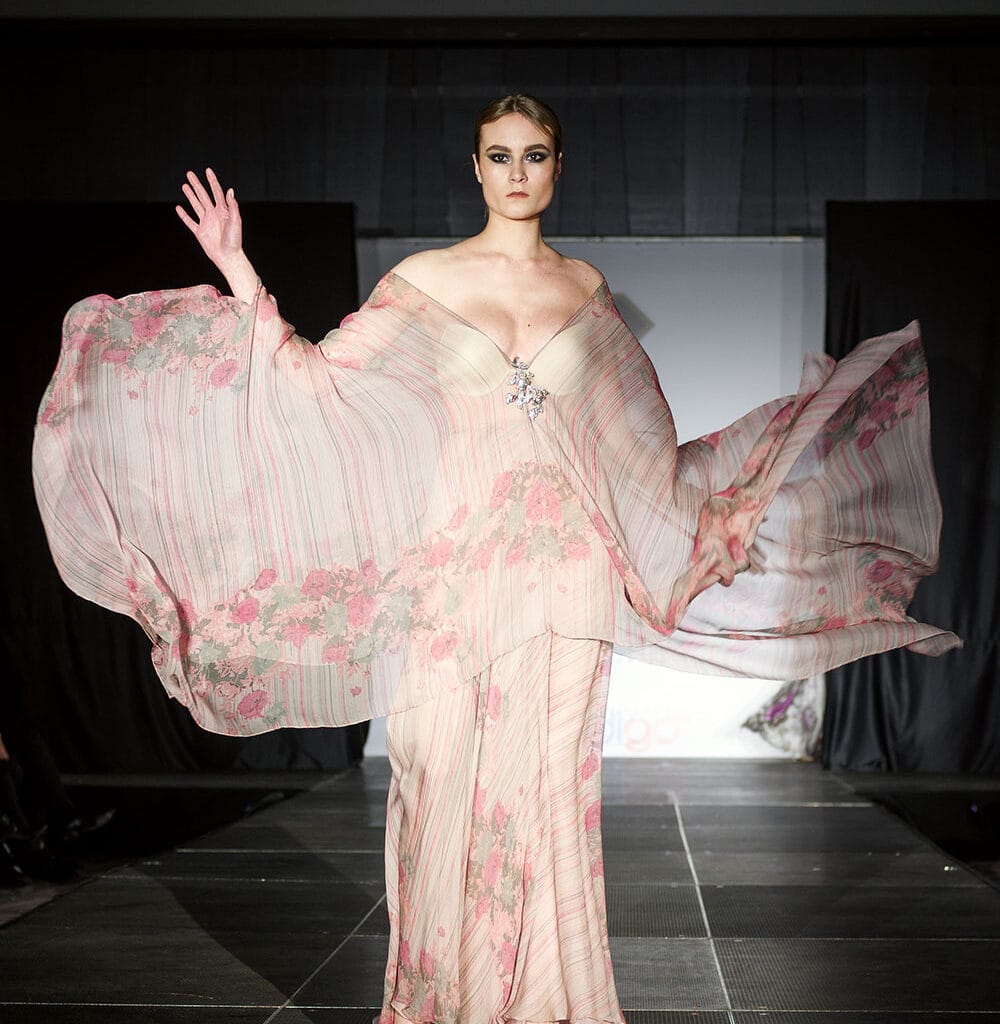
4. Expanding Internationally
A significant milestone for many models is the opportunity to work in international markets. Top fashion capitals like Paris, New York, Milan, and London are hubs for high-fashion work, and many successful models spend time living and working in these cities. International modeling offers exposure to global brands and prestigious campaigns, but it also comes with new challenges, such as obtaining work visas, adjusting to new cultures, and managing long periods of travel. Models who reach this level are often considered to be in the top tier of the industry.
5. Transitioning to Advanced Opportunities
As models advance in their careers, they often explore opportunities beyond traditional modeling. Some models start their own fashion or beauty brands, while others move into television hosting, acting, or designing. The skills gained through modeling-such as understanding marketing, building a personal brand, and networking-can be valuable assets in these new ventures. For example, supermodels like Tyra Banks and Gigi Hadid have transitioned into entrepreneurial roles, creating fashion lines or hosting popular TV shows. The key is to leverage the experience and fame gained during modeling to create lasting career opportunities.
Key Milestones and Growth Stages:
1. First Test Shoot
The first test shoot is an essential early experience in a model’s career. These initial shoots, often arranged by agencies or independent photographers, are a low-pressure environment for models to experiment with poses, expressions, and various looks. Test shoots allow new models to learn how to work with professional lighting, take direction, and develop a basic understanding of the creative process involved in a photoshoot. For instance, a model might try different styles—from natural, everyday looks to more dramatic, editorial setups—to explore what suits them best. Working with makeup artists, stylists, and photographers on set helps models gain confidence and refine their ability to express emotions through poses and facial expressions. Over time, these test shoots become a crucial part of building a portfolio that captures versatility and a range of looks.
Example:
- During a test shoot, a model may practice various poses, like turning to highlight their profile, gazing into the camera for an intense look, or showcasing a relaxed, natural smile.
- A photographer might direct the model to change outfits to capture a casual, high-fashion, or athletic look, giving the model a well-rounded start to their portfolio.
2. First Paid Job
Securing a first paid job is a huge milestone that validates a model’s hard work and growing potential. This assignment could be anything from a local fashion show to a commercial photoshoot for a regional brand. Whether it’s a small magazine spread, a promotional event, or a product shoot, the experience allows models to learn the business side of the industry, such as contract agreements, payment processes, and professional etiquette. Additionally, paid jobs teach models how to adapt to client expectations and manage time efficiently. For example, a model hired for a clothing store campaign may need to work through multiple outfit changes while maintaining energy and consistency in each shot. This milestone reinforces a model’s commitment and builds their confidence, signaling that their skills and presence are valued in the industry.
Example:
- A model’s first paid job might be for a local boutique’s seasonal lookbook, requiring them to pose with energy for vibrant, lifestyle-inspired images that capture the spirit of the brand.
- Another model might work with a makeup brand, requiring close-ups of facial features to showcase new products, teaching them how to work with intense lighting and product placement.
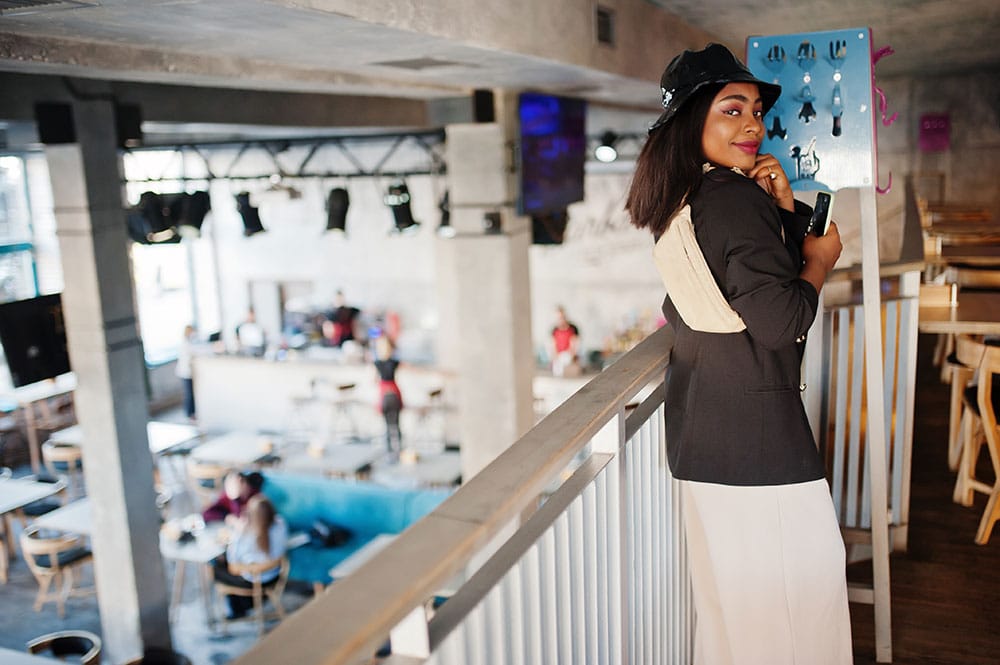
3. Signing with a Major Agency
Landing a contract with a major modeling agency, such as IMG Models, Ford Models, or Elite Model Management, is a transformative milestone that can elevate a model’s career to new heights. These agencies have extensive networks, established reputations, and access to high-profile clients. Signing with a reputable agency often opens doors to auditions and castings for top fashion brands, international campaigns, and exclusive events. With this level of representation, models typically gain access to specialized training and development programs that enhance their runway walk, posing techniques, and media presence. It’s a signal to the industry that the model has a unique look and potential, positioning them for broader opportunities. Being under the wing of a well-known agency often brings increased visibility and credibility, which can accelerate a model’s rise within the industry.
Example:
- After signing with a major agency, a model may be invited to castings for brands like Chanel or Gucci, where they have the chance to secure high-fashion jobs that boost their profile significantly.
- A new model with a major agency might participate in training sessions to refine their catwalk for runway shows, honing the confident walk expected by luxury brands.
4. Booking International Jobs
The opportunity to book international jobs is a major step towards becoming an established model with a global presence. Traveling for assignments in cities like Paris, Milan, New York, or Tokyo enables models to work with renowned photographers, stylists, and designers, broadening their experience and exposure. This stage often includes walking in high-profile fashion weeks, where they can showcase their talents on some of the world’s most prestigious runways. International work is not only rewarding but also challenging, as it requires models to adapt to different cultural settings, manage jet lag, and maintain a high level of professionalism under tight schedules. By working abroad, models gain recognition across markets, which can lead to more frequent and higher-paying jobs. Additionally, international campaigns give them a portfolio that speaks to a global audience, positioning them as versatile and adaptable professionals.
Example:
- A model selected for Paris Fashion Week may walk for multiple designers, experiencing long days of fittings and rehearsals, which enhances their stamina and adaptability.
- Working on an ad campaign for a beauty brand in Tokyo can expose the model to a new aesthetic and work environment, expanding their range and adaptability.
5. Becoming a Brand Ambassador
Reaching the level of a brand ambassador is a significant achievement that solidifies a model’s status as a top-tier professional. Models who become the face of prestigious fashion houses or luxury beauty brands, such as Dior, Louis Vuitton, or Estée Lauder, gain significant exposure and recognition. These contracts are often long-term and highly lucrative, offering not only financial security but also increased visibility in the media. As a brand ambassador, a model frequently attends exclusive events, engages in high-profile campaigns, and represents the brand across various platforms. This role requires exceptional dedication, as the model becomes synonymous with the brand’s identity and values. Successful brand ambassadors often see their careers elevated further, leading to personal branding opportunities and collaborations with other high-end brands.
Example:
- A model chosen as a brand ambassador for a luxury watch brand might appear in global ad campaigns, attend red-carpet events, and be featured on the brand’s social media channels.
- Representing a skincare brand, the model might share skincare routines, participate in press events, and collaborate on content that aligns with the brand’s message of beauty and wellness.
In conclusion, the path to becoming a model is a journey of self-discovery, resilience, and continuous growth. Starting with foundational experiences, like test shoots and first paid jobs, models gradually build their expertise, navigate challenges, and reach milestones that solidify their place in the industry. With each achievement, from signing with a prestigious agency to becoming a brand ambassador, models expand their horizons and craft a lasting career. Each stage, marked by hard work and adaptability, shapes a model’s path towards success in one of the most dynamic and competitive industries.
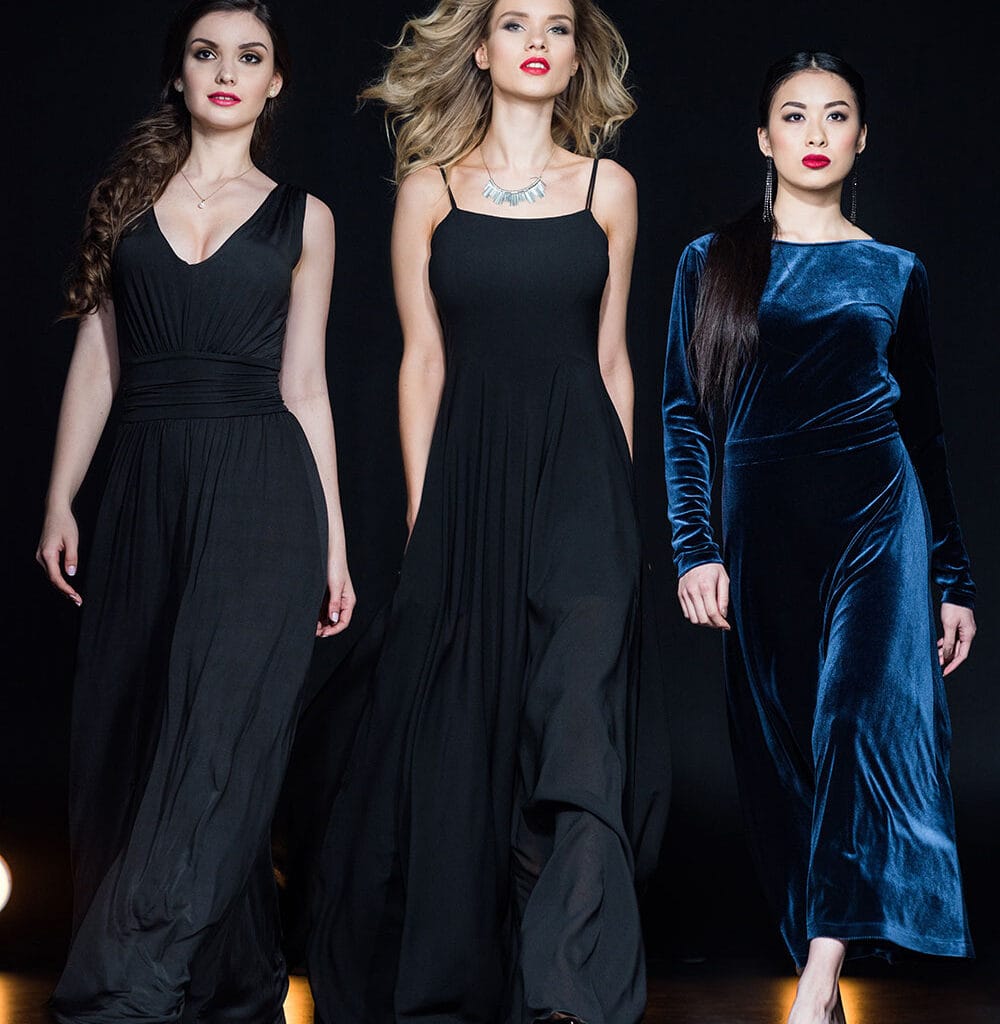
3. Building Your Portfolio and Comp Card
A strong portfolio and comp card are crucial tools for any model, as they serve as your personal marketing assets within the industry. These materials showcase your unique look, talent, and versatility, helping you make a lasting impression on potential clients and agencies. Whether you’re just starting or are a seasoned model, continuously refining and updating your portfolio and comp card is essential to maintaining relevance in an ever-evolving industry. Below is a detailed guide on creating and maintaining a compelling portfolio and comp card.
Creating a Model Portfolio:
1. Essential Shots for a Model Portfolio
Your portfolio is a visual resume that highlights your capabilities as a model. It should consist of a variety of high-quality images that show your range and versatility, giving agencies and clients a comprehensive view of what you can bring to their projects. Essential shots to include in your portfolio are:
- Headshots: A professional headshot is one of the most critical images in your portfolio. It should be a clear, natural photo that showcases your facial features, skin tone, and expressions without heavy makeup or editing. Your headshot should highlight your unique features while giving an accurate representation of your current look.
- Full-Body Shots: A full-body image allows clients to assess your body proportions, posture, and overall physical presence. This shot is especially important for fashion and runway modeling, where body symmetry and proportions are crucial. It should be taken in a simple outfit, like fitted jeans and a plain top, to ensure your natural physique is the focus.
- Commercial Looks: For commercial modeling, which includes advertising for everyday products and services, it’s essential to have images that show you in relatable, approachable settings. These photos should reflect different lifestyles, such as casual or professional looks, showing how versatile and marketable you are in real-world scenarios.
- Fashion/Editorial Shots: Editorial shots are more creative and dramatic, often taken with bold fashion choices and unique settings. These images allow you to showcase your ability to embody high-fashion concepts and take on more artistic or avant-garde roles. Editorial shots are especially important for models aiming to work in high fashion, runway, or magazine publications.
2. Finding the Right Photographer and Stylist
Choosing the right photographer and stylist is a vital step in building a professional portfolio. Look for photographers who specialize in model portfolios or have experience working in the fashion industry. Their understanding of lighting, angles, and industry standards will greatly enhance the quality of your images. Ideally, collaborate with a stylist as well to ensure your outfits are on-trend and aligned with the type of modeling you are pursuing.
- Researching Photographers: Before committing to a photographer, review their portfolio to ensure their style matches the aesthetic you’re aiming for. Some photographers may offer test shoots, allowing you to build your portfolio without a significant upfront cost. However, be cautious and ensure the quality remains professional.
- Collaborating with Stylists: A stylist will help curate looks that fit both your body type and the type of modeling you’re targeting. They will select outfits and accessories that enhance your natural features and align with your portfolio goals, whether you’re focusing on fashion, commercial, or fitness modeling.
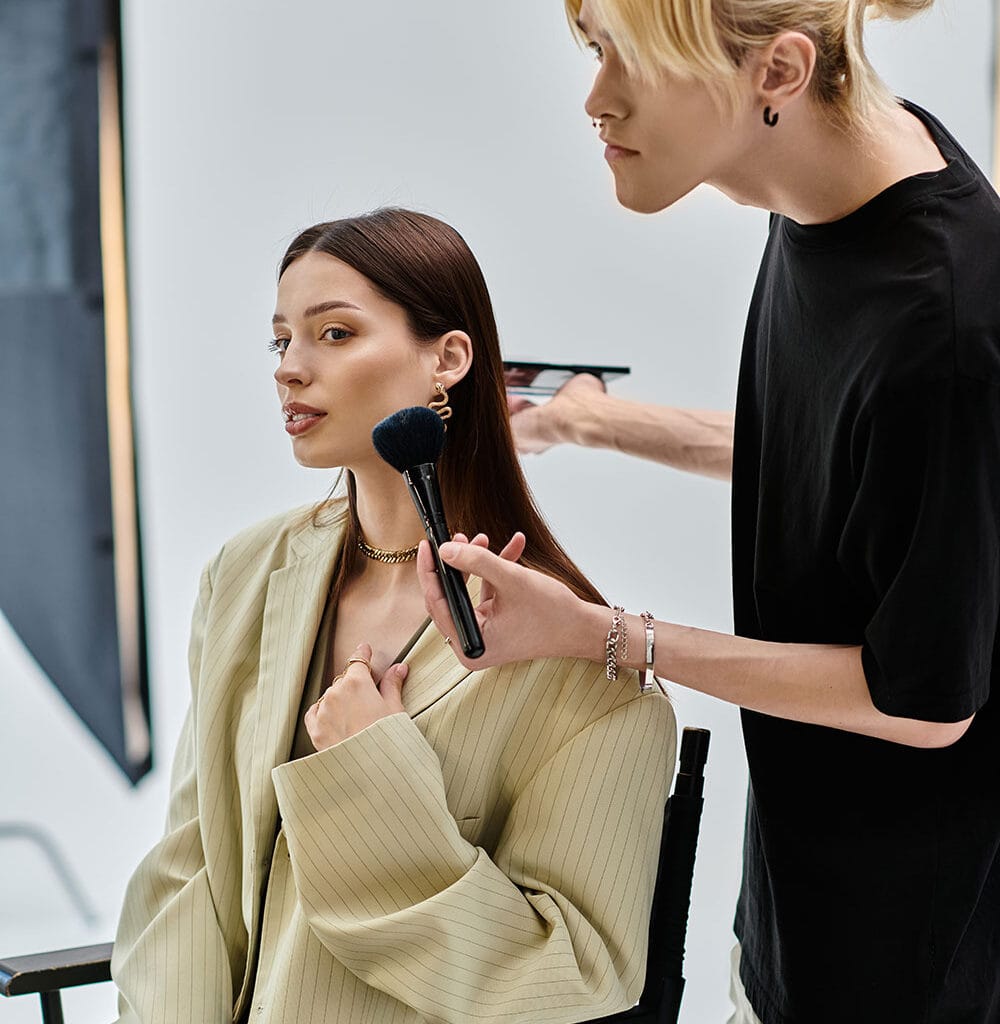
3. Tips for Posing, Expression, and Showcasing Versatility
A great model portfolio is not just about having a variety of looks, but also about demonstrating versatility in posing and expression. Practicing different poses, facial expressions, and body language is essential to create dynamic, captivating images.
- Posing: Study various posing techniques from top models to get a sense of how to move your body to flatter your angles. Use poses that elongate your body, especially for fashion modeling, where height and posture are critical. Experiment with both relaxed and more dynamic poses to show flexibility.
- Facial Expressions: Your facial expressions should reflect the mood or concept of the photo. Practice subtle expressions for beauty and fashion shoots, while more animated, warm expressions work well for commercial shots. Avoid overly dramatic expressions unless required for a specific artistic direction.
- Showcasing Versatility: Your portfolio should reflect your ability to fit into multiple roles. Include photos that portray you in different environments or wearing varied styles, from casual to formal, or from activewear to high-fashion looks. This versatility will appeal to a broader range of clients, from fashion designers to commercial advertisers.
Updating Your Portfolio:
1. Regularly Refreshing Images
The modeling industry is fast-paced, and trends change rapidly. To stay competitive, it’s important to regularly update your portfolio with fresh images that reflect current industry standards and your latest achievements. Outdated or irrelevant images can diminish your appeal, so make it a priority to add new photos at least every few months, particularly if you’ve had significant jobs or experiences that elevate your profile.
- Seasonal Updates: Many models refresh their portfolios at the beginning of each fashion season Spring/Summer and Fall/Winter) to ensure their looks align with current trends. This also helps keep your images current, showing agencies that you are actively working and evolving in the industry.
- Including Career Milestones: As you book high-profile jobs, be sure to include images from these shoots in your portfolio. Whether it’s a magazine spread, a commercial campaign, or a runway show, showcasing prestigious work can significantly boost your credibility.
2. Aligning with Industry Standards and Target Markets
As your career progresses, it’s important to align your portfolio with the type of modeling work you are aiming for. For example, if you initially focused on commercial modeling but now want to break into high fashion, adjust your portfolio to reflect that shift. Make sure the photos in your portfolio resonate with the expectations and standards of the target market you want to enter.
- Tailoring for Specific Clients: Depending on your career goals, you may want to maintain multiple versions of your portfolio-one for commercial clients and another for fashion or editorial work. This way, you can present a tailored portfolio to suit each casting or job opportunity.
Creating a Comp Card (Composite Card):
1. What to Include: Measurements, Photos, and Contact Details
A comp card, or composite card, is a model’s business card and is an essential marketing tool for securing jobs. It’s a physical or digital card that agencies and clients use to get a quick snapshot of your look and statistics. Here’s what a professional comp card should include:
- Measurements: Key details such as your height, bust, waist, hips, shoe size, and hair and eye color. These measurements are crucial for clients to determine whether you fit their casting requirements.
- Photos: Include 3 to 5 high-quality images, such as a headshot, a full-body shot, and a few editorial or commercial images that highlight your versatility. These should be selected carefully from your portfolio to ensure they showcase your best angles and range.
- Contact Information: Your comp card should include your name, your agency’s contact details (if applicable), and your personal contact information, if you’re self-represented. For digital comp cards, links to your social media or portfolio website can also be included.

2. Designing a Professional Comp Card
The design of your comp card should be clean and professional, with minimal distractions. The focus should be on your photos and measurements. Typically, comp cards are printed on high-quality cardstock and have a standard size of 5.5 x 8.5 inches. For digital comp cards, make sure the resolution is high enough to maintain quality when viewed on screens.
- Front of the Card: The front should feature your best headshot, with your name and key statistics like height, bust, waist, and hips. This is the first impression clients will have, so choose a photo that captures your most marketable attributes.
- Back of the Card: The back of the card can include a few additional photos-such as full-body shots or editorial images-along with your agency or contact information. Ensure the layout is organized and doesn’t overwhelm the viewer with too much text or imagery.
In conclusion, building a successful portfolio and comp card requires careful planning, constant updating, and professional collaboration. Both are essential tools that reflect your potential as a model, and when done right, they serve as powerful assets to propel your modeling career forward.
Continue Reading:
How to Become a Model: A Step-by-Step Guide / Part 1
How to Become a Model: A Step-by-Step Guide / Part 2
How to Become a Model: A Step-by-Step Guide / Part 3
How to Become a Model: A Step-by-Step Guide / Part 4
How to Become a Model: A Step-by-Step Guide / Part 5
Written by: Beyza Cantürk
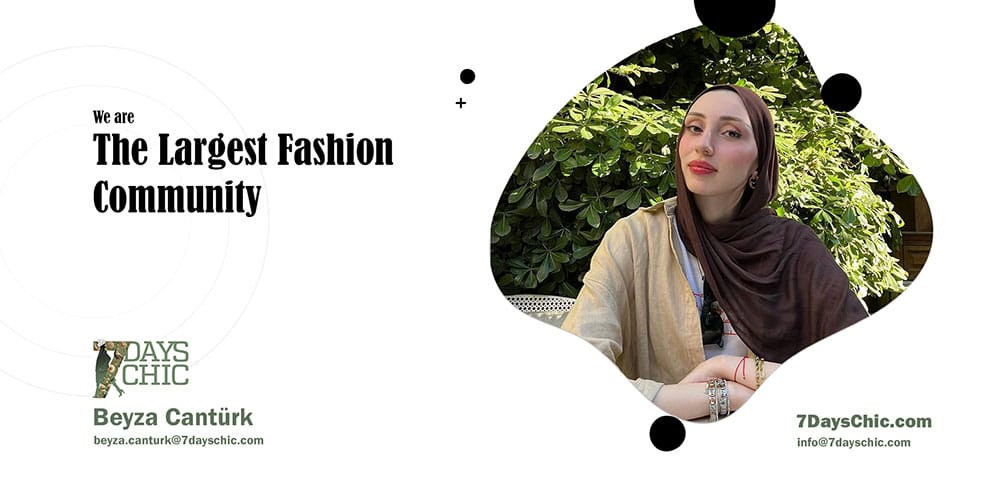


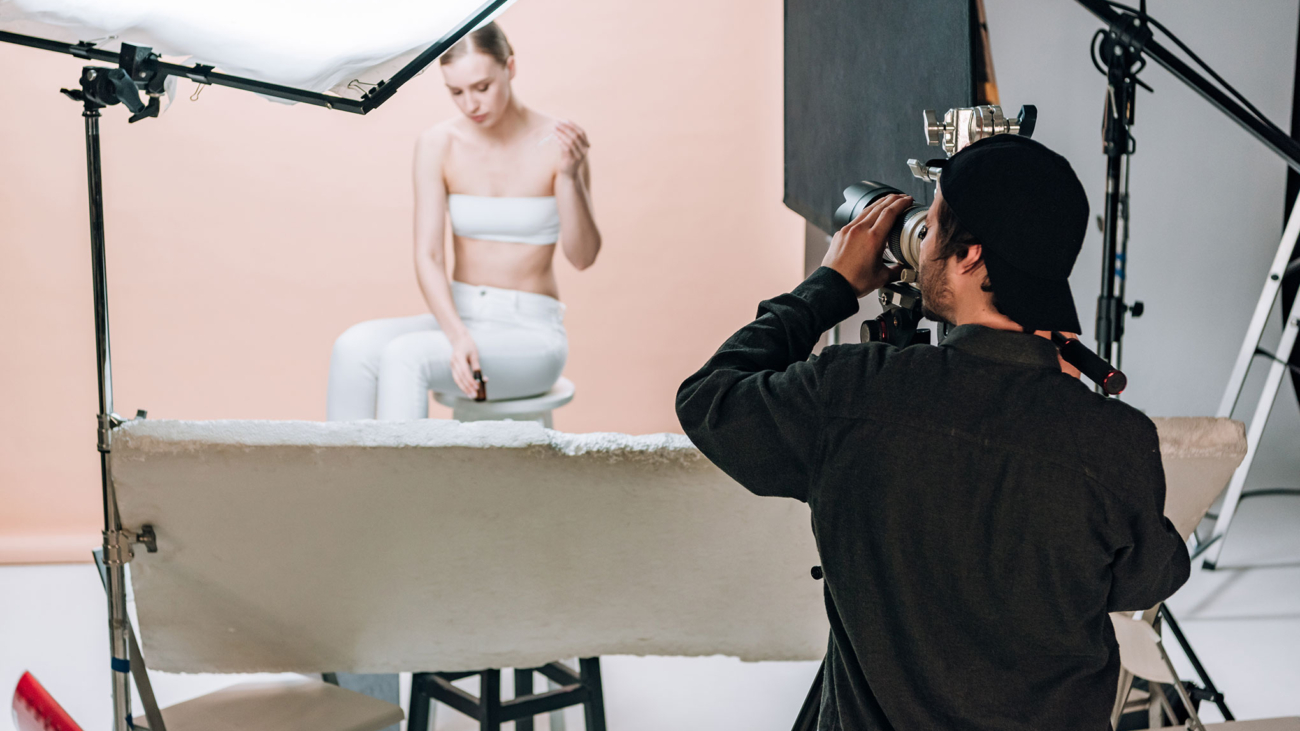
Add a Comment